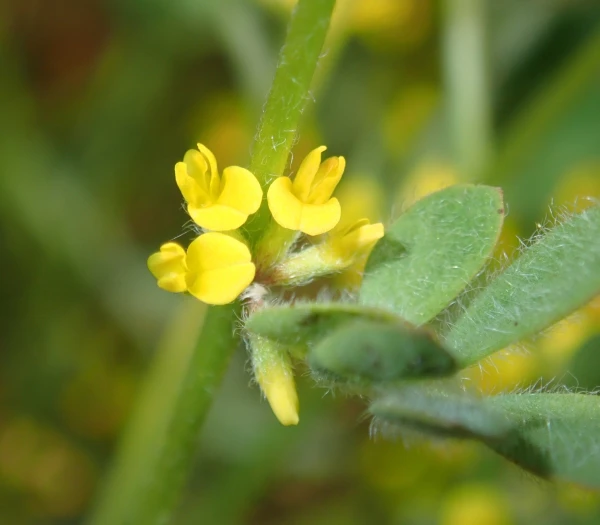San Diego Bird’s-Foot Trefoil
(Acmispon micranthus)
San Diego Bird’s-Foot Trefoil (Acmispon micranthus)
/
/

Jason Schock
CC BY 4.0
Image By:
Jason Schock
Recorded By:
Copyright:
CC BY 4.0
Copyright Notice:
Photo by: Jason Schock | License Type: CC BY 4.0 | License URL: http://creativecommons.org/licenses/by/4.0/ | Rights Holder: Jason Schock | Publisher: iNaturalist | Date Created: 2023-04-22T20:53:15Z |





















Estimated Native Range
Climate Requirements for Cary, North Carolina
| This Plant | Your Site | Plant Suitability for Your Location | ||
|---|---|---|---|---|
| • Precipitation | 4" - 81" | 45" | Aquatic | Aquatic |
| • High Temp. | 65°F - 110°F | 90°F | Your summer temperatures are normal for this plant. | Excellent |
| • Low Temp. | 27°F - 52°F | 30°F | Your winter temperatures are normal for this plant | Excellent |
This plant may not grow well at your location - your precipitation is too high.
Summary
Acmispon micranthus, commonly known as San Diego bird’s-foot trefoil, is an annual herb that is native to the coastal sage scrub and chaparral habitats of Southern California and Baja California. It typically grows to a modest height of up to 20 inches (50 cm), with a sprawling habit that allows it to cover ground effectively. The plant features trifoliate leaves, each leaflet being oval and about a centimeter long. During the flowering season, which occurs from April to June, it produces small, pea-like flowers arranged in clusters. The flowers exhibit a striking combination of red and yellow hues, which can add a splash of color to the landscape. The fruit is a narrow, bent legume pod that follows the flowers.
San Diego bird’s-foot trefoil is valued for its drought tolerance and ability to thrive in the diverse environmental conditions of its native range, including poor soils and dry conditions. It is often used for restoration projects, erosion control, and as a component of native plant gardens. In cultivation, it requires minimal maintenance, making it an attractive choice for gardeners seeking low-water-use plants. It prefers full sun to part shade and well-drained soils. While not commonly afflicted by diseases, it can be susceptible to root rot in overly wet conditions.CC BY-SA 4.0
San Diego bird’s-foot trefoil is valued for its drought tolerance and ability to thrive in the diverse environmental conditions of its native range, including poor soils and dry conditions. It is often used for restoration projects, erosion control, and as a component of native plant gardens. In cultivation, it requires minimal maintenance, making it an attractive choice for gardeners seeking low-water-use plants. It prefers full sun to part shade and well-drained soils. While not commonly afflicted by diseases, it can be susceptible to root rot in overly wet conditions.CC BY-SA 4.0
Plant Description
- Plant Type: Herb
- Height: 1-2 feet
- Width: 1-2 feet
- Growth Rate: Moderate
- Flower Color: Yellow
- Flowering Season: Spring, Summer
- Leaf Retention:
Growth Requirements
- Sun: Full Sun
- Water: Low
- Drainage: Medium, Fast
Common Uses
Butterfly Garden, Drought Tolerant, Low Maintenance
Natural Habitat
Native to coastal sage scrub and chaparral habitats of Southern California and Baja California
Other Names
Common Names: Chaparral Lotus, Small-Flowered Lotus
Scientific Names: Acmispon micranthus, Drepanolobus micranthus, Drepanolobus micranthus, Hosackia micrantha, Hosackia micrantha, Hosackia microphylla, Lotus hamatus, Syrmatium micranthum
GBIF Accepted Name: Acmispon micranthus